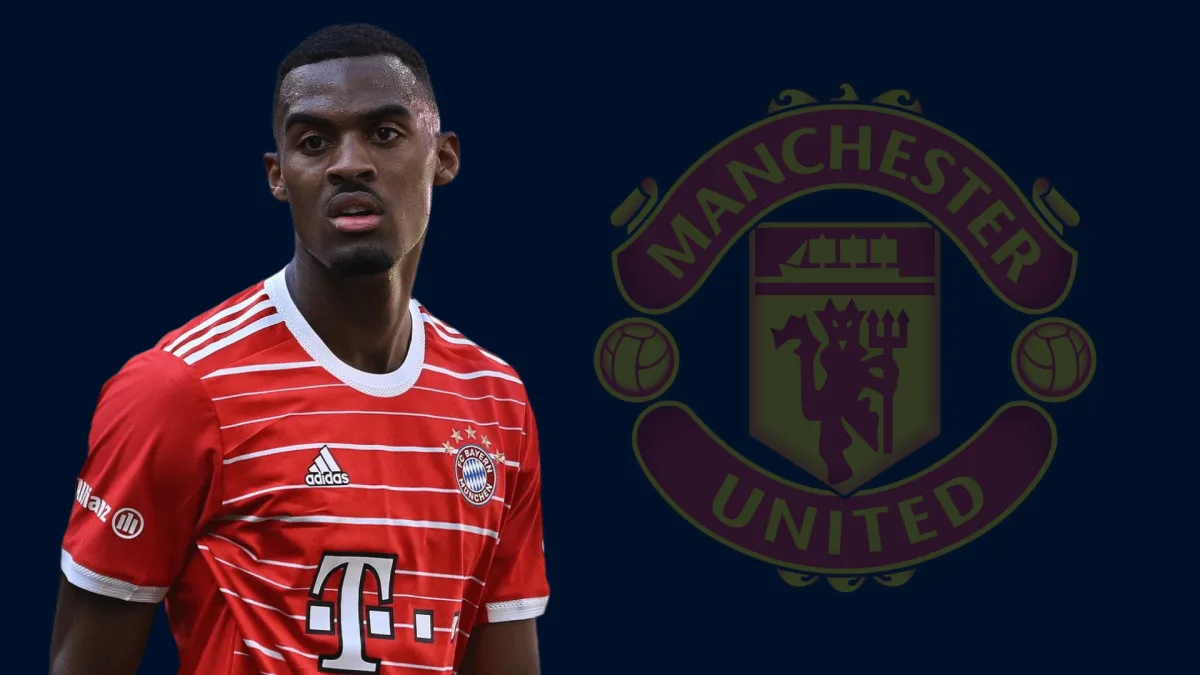There’s a common post that floats around ‘X’, the app formerly known as Twitter, that becomes an engagement farm for football fans.
Typically, the post is a photo with two bars. One is filled all the way up and labeled ‘talent’. The other is hardly filled and labeled ‘recognition.’
Yeah, those posts.
Most fans will name a second wide receiver or a linebacker, a player that doesn’t garner a lot of discussion in NFL circles but is still putting together solid performances.
And while they might not be wrong, their answer is still not always correct because the real answer is boring.
The most underrated position in football is punt gunner.
Most fans know the name Chris Godwin, but the same people often do not know Matthew Slater, a highly-decorated punt gunner and special teams ace who has made ten Pro Bowls and two All-Pros because of his ability on special teams.
While the Minnesota Vikings do not have Slater, undrafted free agent NaJee Thompson has flashed enough in this role, drawing comparisons to Slater.
”He flashes. We knew his ability as a special teams player in that Matthew Slater-esque quality of speed, power, smarts, toughness, all those things,” head coach Kevin O’Connell said after the preseason opener. “We’re trying to figure out if a player like NaJee can fit in a really competitive room and ultimately how he shows his best effort”
A basic breakdown of punt coverage
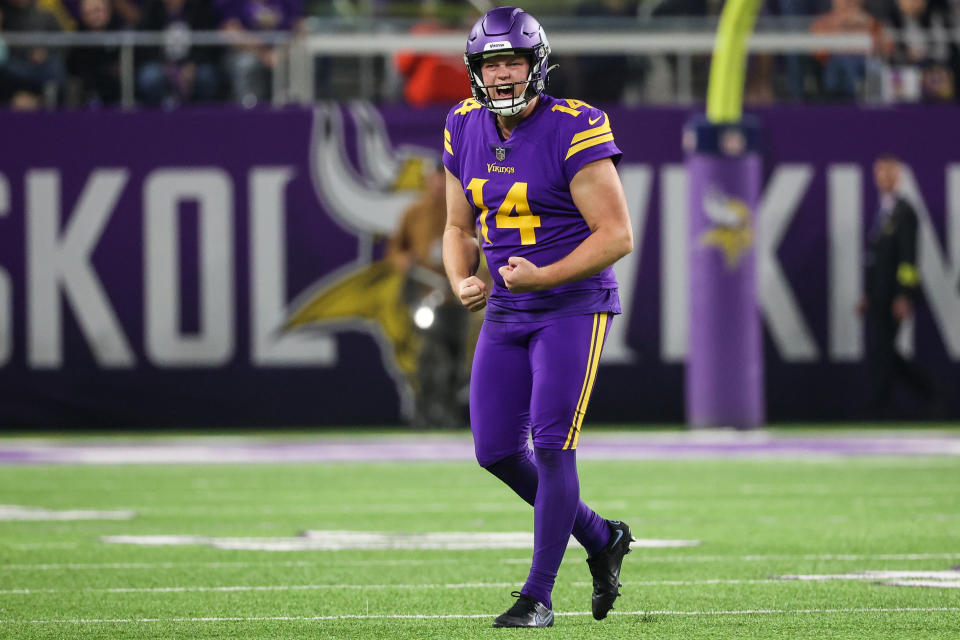
Breaking down Thompson’s brilliance first requires a quick explanation of punt coverage.
Like any offense and defense, there are a variety of formations that a punt unit can line up in. However, NFL rules pigeonhole teams into using some variation of the “pro-style” formation.
The “pro-style” formation features two punt gunners lining up near the sideline, two upbacks lined up a few yards behind the line of scrimmage, and a “personal protector” right in front of the punter.
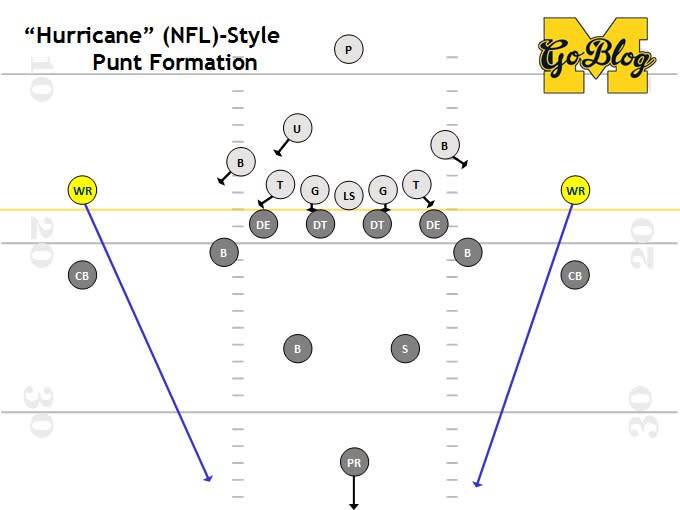
Only the punt gunners can go beyond the line of scrimmage before the ball is kicked, meaning everyone else must block and wait to release. As a result, gunners often receive nicknames like “kamikaze” or “headhunter”.
When the other players release, they often have benchmarks to reach on the field. Their roles can differ by the team, but, for the most part, the upbacks will contain the outside and keep their inside shoulder aligned with the outside shoulder of the return man. The tackles will fill inside the upback and the guard inside them.

A gunner’s role can vary based on the mission of the punt, but there are usually two main goals: down the ball deep in the opponent’s territory or get to the punt returner.
Outside of getting to the returner, the most important thing is to make sure the returner doesn’t split the gunners and get vertical. That situation spells disaster because most returners are lethal at making players miss in space, so the gunners must make a returner “bounce” in their direction.
All of this means a gunner won’t be asked to provide contain. Instead, a gunner should aim for the numbers of the returner, which would prevent him from getting vertical. As a result, a gunner needs to get down the field in just a few seconds.
Navigating single jammer punts
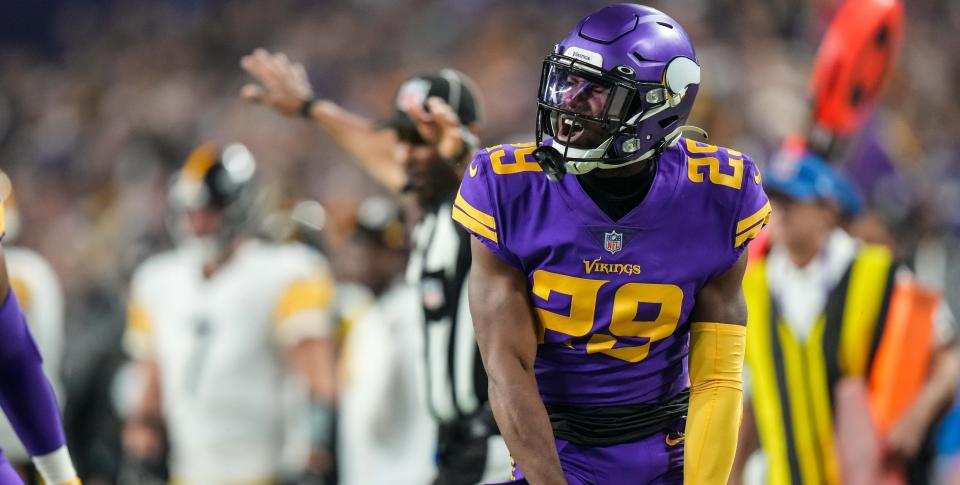
If a team is looking to block a punt, they’ll often line up with just one “jammer” against the gunner. This allows them to commit up to 8 players rushing the punter, which could create chaos for the punt team.
In the Vikings’ preseason opener, the Seahawks began the game by putting just one jammer on each gunner. The decision was likely a combination of field position (the Vikings were punting from deep in their territory) and scheme. Regardless, this decision places a lot of responsibility on the gunners.
With the Vikings punting near midfield, punter Ryan Wright angles the punt toward the left pylon. As a result, it’s Thompson’s responsibility to down the ball.
Thompson doesn’t take a straight path toward the ball, though. Again, Thompson’s initial angle is inside, allowing him to account for the returner before finding the ball.
After seeing that the returner doesn’t field the ball, Thompson makes his way toward the corner and downs the ball at the 2-yard line.
The thing that separates Thompson is his speed. A track star in high school, Thompson covers approximately 32 yards in 4.5 seconds. Most jammers can’t contend with that speed, allowing Thompson to beat leverage easier.
Earning double coverage
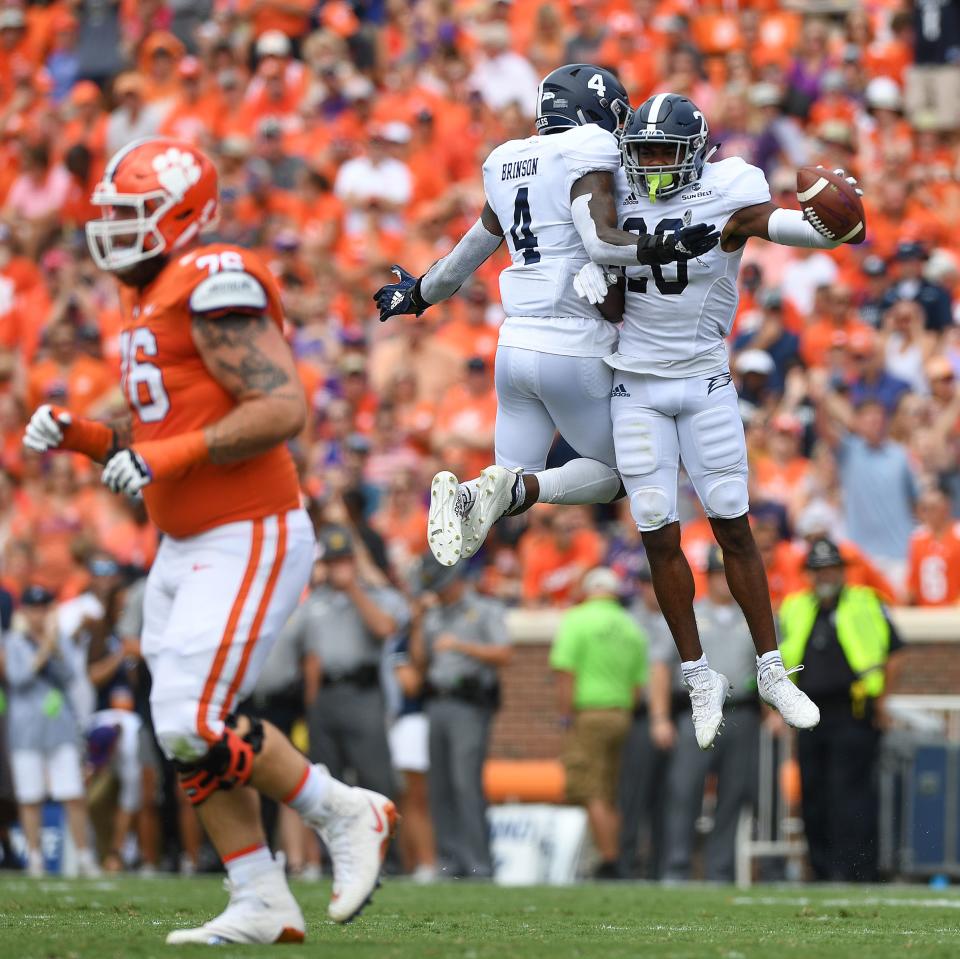
On the Vikings’ next two punts that game, the Seahawks chose to double-team the gunners and maximize a return.
Much like a defense choosing to double-team a wide receiver, this is a compliment for the gunners. It means they’ve done their job so well that the opposing special teams coordinator must adjust.
When a gunner draws a double team, the outside jammer will apply outside leverage, while the inside jammer provides inside leverage. The goal is to keep the gunner engaged, preventing him from making a play at the returner.
This time, the jammers are forcing Thompson outside, which could neutralize other gunners. However, Thompson’s blend of speed and power allows him to work through the press before making his way downfield.
At the risk of sounding like a broken record, Thompson’s inside angle is a work of art. He’s once again attacking the numbers of the returner, allowing him to get into a position to make a play.
Thompson doesn’t make this play by luck or chance. The undrafted free agent takes real pride in special teams, and it shows on the field. Although his night ended early against the Titans, I imagine special teams coordinator Mike Daniels was happy with the rep.
Thompson’s impact on the numbers
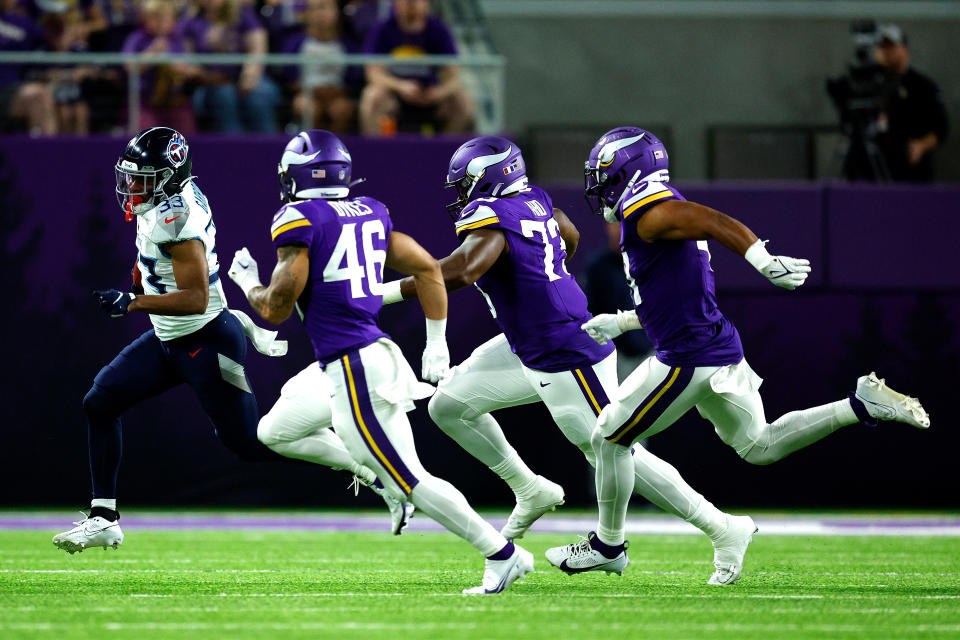
Thompson has been on the field for four punt coverage reps this preseason. In those plays, the opponents have returned the ball for 2 yards.
Excluding a muffed punt recovered by the Vikings against the Titans, Thompson has been off the field for six punts during the preseason. On those six punts, the opposing return team has totaled 39 yards.
It’s a small sample size both ways, but the other players that the Vikings have used as gunners have struggled to make the same impact.
This return for 11 yards highlights the value a reliable gunner can have. The gunner at the top of the screen faces a double team and gets escorted out of bounds. Jacob Copeland (28) beats the jammer but takes an angle that’s too much inside.
A few missed tackles later, the Titans have made their way to the 32-yard line, giving them extra yardage.
Anytime a team can return a punt against you and get more than just a few yards, it’s a poor showing from punt coverage. Football is a game of yards, and giving away free yards when punting is a disaster.
There isn’t much data available for the NFL, but a team’s chances of scoring from the 32 can be multiple percentage points higher than a team starting from their own 21.
Stadium did a study a few years ago for college football and found that a team’s chances to score jump almost 9% when starting from the 32 compared to the 21.
The Real Forno Show
[lawrence-related id=81489,81679,81677,81674,81574,81671,81593,81585,81573]




